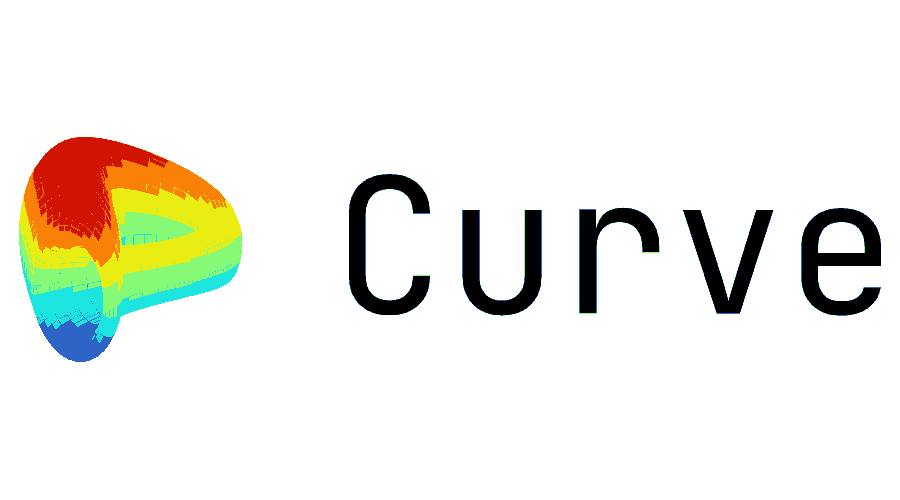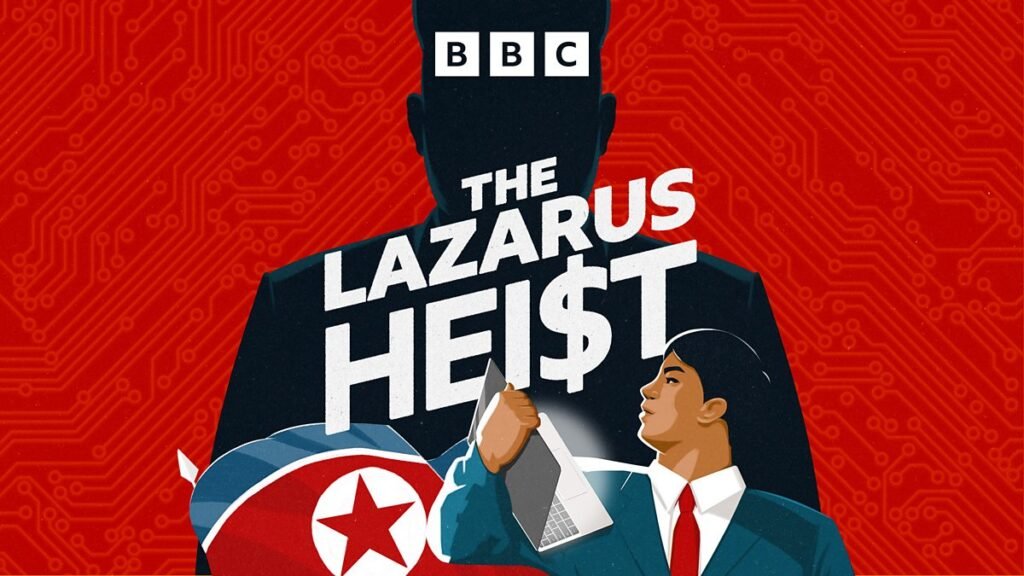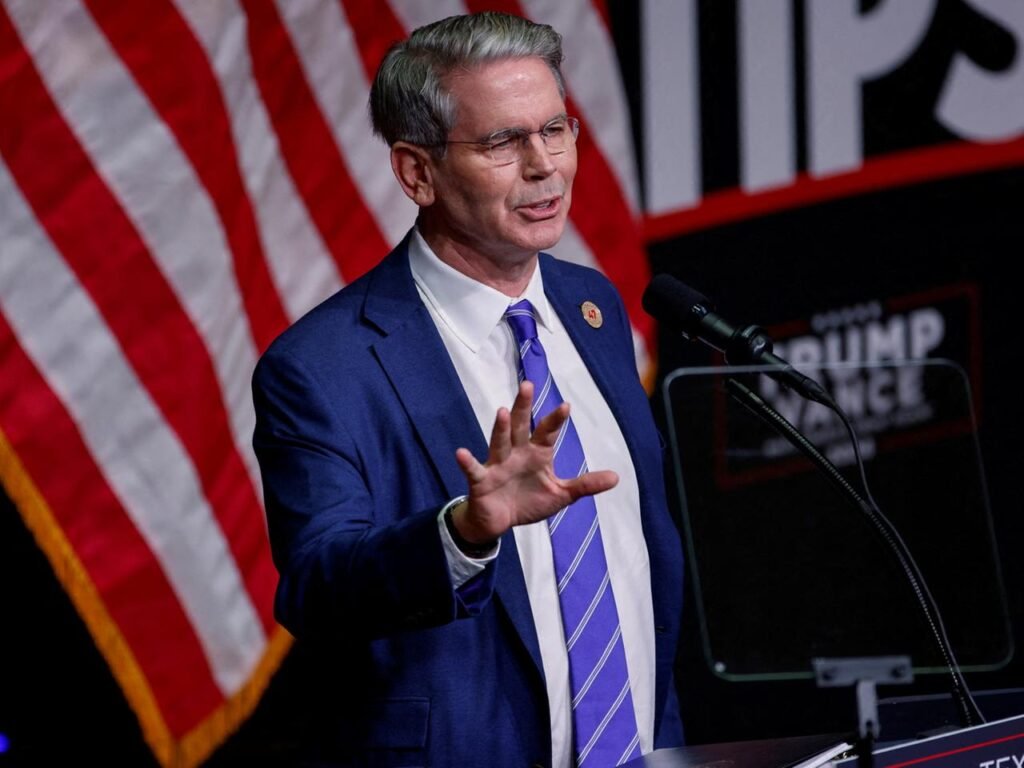Curve Finance Founder Repays $35M Stablecoin Debt After CRV Crash
Michael Egorov reduces DeFi liquidation risk by repaying huge debt backed by CRV tokens.

Michael Egorov, the founder of Curve Finance, has successfully repaid over $35 million worth of stablecoin debt in an urgent effort to protect his large collateral positions in the wake of a sharp decline in the value of CRV, Curve’s native token.
This repayment comes after a turbulent period in the DeFi market, where Curve’s token price dropped over 30% in just a few days, putting millions in borrowed stablecoins at risk of liquidation.
Curve Finance is a major decentralized exchange (DEX) for stablecoins and a pillar of DeFi infrastructure. Egorov’s personal CRV holdings were used as collateral across multiple platforms, including Aave, FraxLend, and Inverse Finance. With CRV’s price crashing, the risk of liquidation increased dramatically, prompting swift action.
According to on-chain data:
-
Egorov repaid around $10 million on Aave.
-
Another $12 million was repaid on FraxLend.
-
Smaller repayments were made across other DeFi protocols.
He reduced his total debt from over $60 million to approximately $25 million, significantly lowering the risk of being forcibly liquidated.
Analysts observed a massive inflow of stablecoins from Egorov’s wallets, likely converted from other crypto assets or OTC deals to secure the necessary liquidity.
The CRV token dropped following a series of liquidity drains and security concerns, including an earlier exploit on Curve’s Vyper smart contracts. This exploit caused a loss of over $60 million across various Curve pools, which triggered a wave of panic selling and a decrease in user trust.
As a result, CRV’s price plunged from $0.75 to under $0.50, rapidly eroding the value of collateral tied to Egorov’s loans.
The situation highlights a major risk in decentralized finance: over-leveraged positions backed by volatile assets. While DeFi allows users to borrow against their tokens, sharp price swings can force liquidations and create systemic shocks.
If Egorov had been liquidated, large amounts of CRV would have hit the market at once, potentially causing a further crash and endangering the protocol itself.
By repaying the loans, he not only saved his positions, but also helped stabilize CRV’s price and preserved market confidence.
This incident serves as a reminder for all DeFi users about the dangers of leverage, especially when collateral is tied to the performance of niche assets. The crypto community is now calling for better risk management tools and more transparency around large positions.

North Korea's Lazarus Group Steals $34 Million Through Phishing Scams

Trump Names Scott Bessent as U.S. Secretary of the Treasury

Ethereum’s Merge Boosts Market Confidence, ETH Rises 10%

